Pangkor
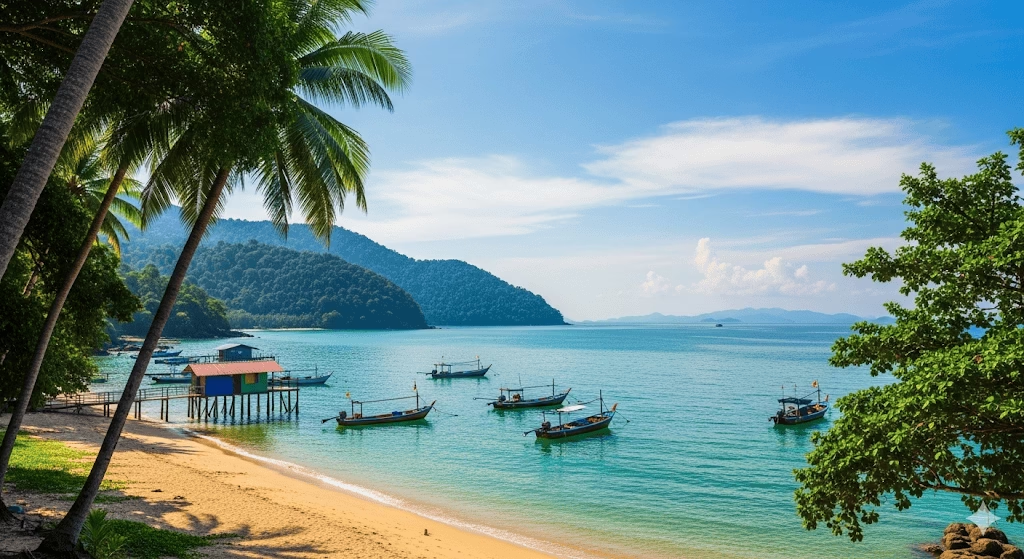
Introduction
Looking for a tropical escape that blends beaches, culture, and history? Pangkor, Malaysia, is a charming island town in Perak that offers pristine shores, colonial landmarks, and authentic fishing village life. Unlike the more crowded tourist islands, Pangkor retains a rustic atmosphere, making it a favorite getaway for both locals and international travelers. This Pangkor travel guide highlights the best attractions, things to do, food, and travel tips to help you plan your visit.
Pangkor Geography
| Main island | Notes |
|---|---|
| Pulau Pangkor (main) | The inhabited island with beaches, village life, temples and historic sites. Most visitors stay here. |
| Pulau Giam & nearby islets | Small islets used for day-trip snorkeling and picnics. |
| Pulau Pangkor Laut (private) | Luxurious private island resort (Pangkor Laut Resort) separate from main Pangkor; access by resort boat. Ideal if you want a high-end secluded stay. |
Location & Accessibility
Pangkor is a town and island in Perak, Malaysia, located along the Straits of Malacca. Despite its island vibe, getting to Pangkor is straightforward:
- By Car/Bus: About 3–4 hours from Kuala Lumpur to Lumut Jetty. Buses are available from major cities like KL and Ipoh.
- By Train: ETS trains stop at Ipoh or Batu Gajah. From there, continue to Lumut by taxi or bus.
- By Ferry: From Lumut Jetty, ferries run every 30–45 minutes to Pangkor Town. The journey takes ~30 minutes.
- By Air: The closest airport is Sultan Azlan Shah Airport in Ipoh (~90 km away).
Distances:
- Kuala Lumpur → Pangkor: ~250 km (4 hrs + ferry)
- Ipoh → Pangkor: ~85 km (2 hrs + ferry)
- Penang → Pangkor: ~240 km (4 hrs + ferry)
History & Background
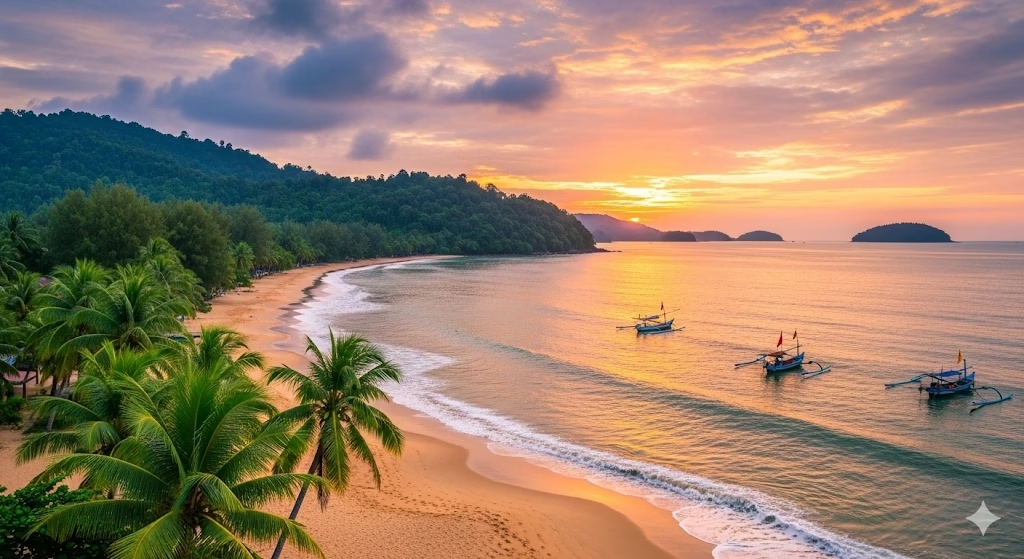
Pangkor has a colorful past, once serving as a pirate refuge in the 17th century. Later, it became a strategic outpost for European colonizers. The Dutch built Kota Belanda (Dutch Fort) in 1670 to control the tin trade. The Pangkor Treaty of 1874—signed here—marked a turning point in Malaysian history, establishing British influence in Perak.
Today, Pangkor blends this colonial history with its fishing traditions, offering visitors a glimpse of both heritage and island living.
Local Lifestyle & Culture
The lifestyle in Pangkor is simple, community-driven, and tied to the sea.
- Languages spoken: Malay, English, and Chinese dialects.
- Festivals: Major celebrations include Hari Raya Aidilfitri, Chinese New Year, and fishing-related village events.
- Community vibe: Friendly and welcoming, especially in fishing villages like Sungai Pinang Besar.
Attractions & Things to Do in Pangkor
Top 5 Things to Do
- Teluk Nipah Beach – Relax, swim, or try water sports. Perfect for sunsets.
- Dutch Fort (Kota Belanda) – Explore colonial ruins dating back to the 1600s.
- Foo Lin Kong Temple – A colorful Chinese temple featuring a miniature Great Wall.
- Pulau Giam – A small offshore island ideal for snorkeling and kayaking.
- Bukit Pangkor (Pangkor Hill) – Hike to enjoy panoramic views of the island.
Hidden Gems & Outdoor Adventures
- Batu Bersurat (Sacred Rock) – Engraved rock with 17th-century carvings.
- Fishing villages – Experience authentic island culture and seafood processing.
- Island hopping – Explore secluded beaches and smaller islets.
- Jungle trekking – Spot hornbills, macaques, and other wildlife in Pangkor’s rainforest.
Must-Visit Beaches in Pangkor
- Teluk Nipah — Popular, family-friendly beach with soft sand; close to cafes and guesthouses. Good for swimming and sunsets.
- Pantai Pasir Bogak — Long stretch, calmer waters in parts; many restaurants and sunset spots.
- Coral Beach (Pantai Coral) — Smaller, clear water; nearby Lin Je Kong temple with scenic vantage points. Good for snorkeling near rocks.
- Teluk Ketapang / Tanjung — Quieter stretches for a low-key walk or picnic.
Food & Local Cuisine in Pangkor
Seafood is the heart of Pangkor’s culinary scene.
Must-try dishes:
- Ikan bilis (anchovies) – a Pangkor specialty.
- Grilled satay fish.
- Freshly fried squid.
- Nasi lemak with seafood.
Where to eat:
- Daddy’s Café, Teluk Nipah – Popular for seafood and beachside dining.
- Pangkor Town Seafood Restaurants – Known for Chinese-style seafood.
- Street food stalls – Affordable and tasty local bites.
Accommodation in Pangkor
Pangkor offers a range of stays to suit different budgets:
- Budget: Homestays & guesthouses in Pangkor Town and Teluk Nipah.
- Mid-range: Coral Bay Resort, Pangkor Sandy Beach Resort.
- Luxury: Pangkor Laut Resort – an exclusive private island with overwater villas and luxury spa.
- Unique stays: Rustic beach chalets with sea views.
Shopping & Souvenirs
Don’t leave Pangkor without taking home:
- Dried seafood – Anchovies, squid, and salted fish.
- Handicrafts – Shell ornaments, batik prints, and wooden crafts.
- Local snacks – Traditional Malaysian kuih.
Nearby Places to Visit
If you’re staying longer, plan day trips to:
- Lumut – A navy town with a lively waterfront.
- Teluk Batik – Family-friendly mainland beach with water sports.
- Sitiawan – Known for Foochow cuisine and local seafood.
- Ipoh – A heritage-rich city with cave temples, murals, and hip cafes.
Travel Tips for Pangkor
- Best time to visit: December–February (dry season). Avoid September–November (monsoon).
- Transport: Rent a motorbike or bicycle for easy island exploration.
- Safety: Generally safe—practice normal travel precautions.
- Etiquette: Dress modestly when visiting temples or villages.
- Tips for Tourists
- Packing: Light clothes, reef-safe sunscreen, mosquito repellent, water shoes (rocky areas), hat and a small daypack.
- Safety: Watch for jellyfish and tidal changes when swimming; use life jackets for water sports. Boats and snorkeling trips depend on weather—operators may cancel in rough seas
- Local customs: Respect prayer times in Muslim areas; remove shoes before entering temples; greet locals politely.
- Cash: Bring some ringgit (MYR) — small stalls may not accept cards.
- Connectivity: Mobile signal is generally usable but can be patchy in more remote spots; buy a local prepaid SIM if you need consistent data.
Why Visit Pangkor?
Pangkor is more than just a beach destination. It’s a mix of history, culture, and natural beauty—ideal for those who want relaxation without the crowds. From snorkeling and jungle trekking to exploring colonial history and indulging in fresh seafood, Pangkor Island Malaysia is the perfect tropical getaway.
FAQ — Pangkor
Q: Is Pangkor suitable for families?
A: Yes — Teluk Nipah and Pasir Bogak have family-friendly beaches and shallow swimming areas; many guesthouses and eateries cater to children.
Q: Are there medical facilities on the island?
A: There are basic clinics; for major medical issues you may need transfer to Lumut or the mainland. Travel insurance is recommended. (Local clinics are small.)
Q: Can I do a day trip to Pangkor from KL?
A: Yes — possible, but expect a long day (drive/bus to Lumut + ferry + return). An overnight stay makes the trip more relaxing
Q: Are credit cards widely accepted on Pangkor?
A: Not everywhere — many roadside stalls and small eateries are cash-only. Have some MYR on hand.
Q: Can I bring my car on the ferry?
A: Standard passenger ferries do not carry cars; there are specialized services/ramps for vehicles at some jetties or mainland parking solutions — check with the jetty operator before traveling.


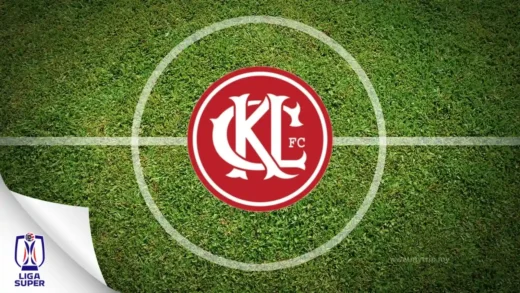
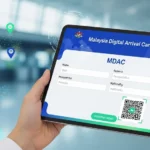









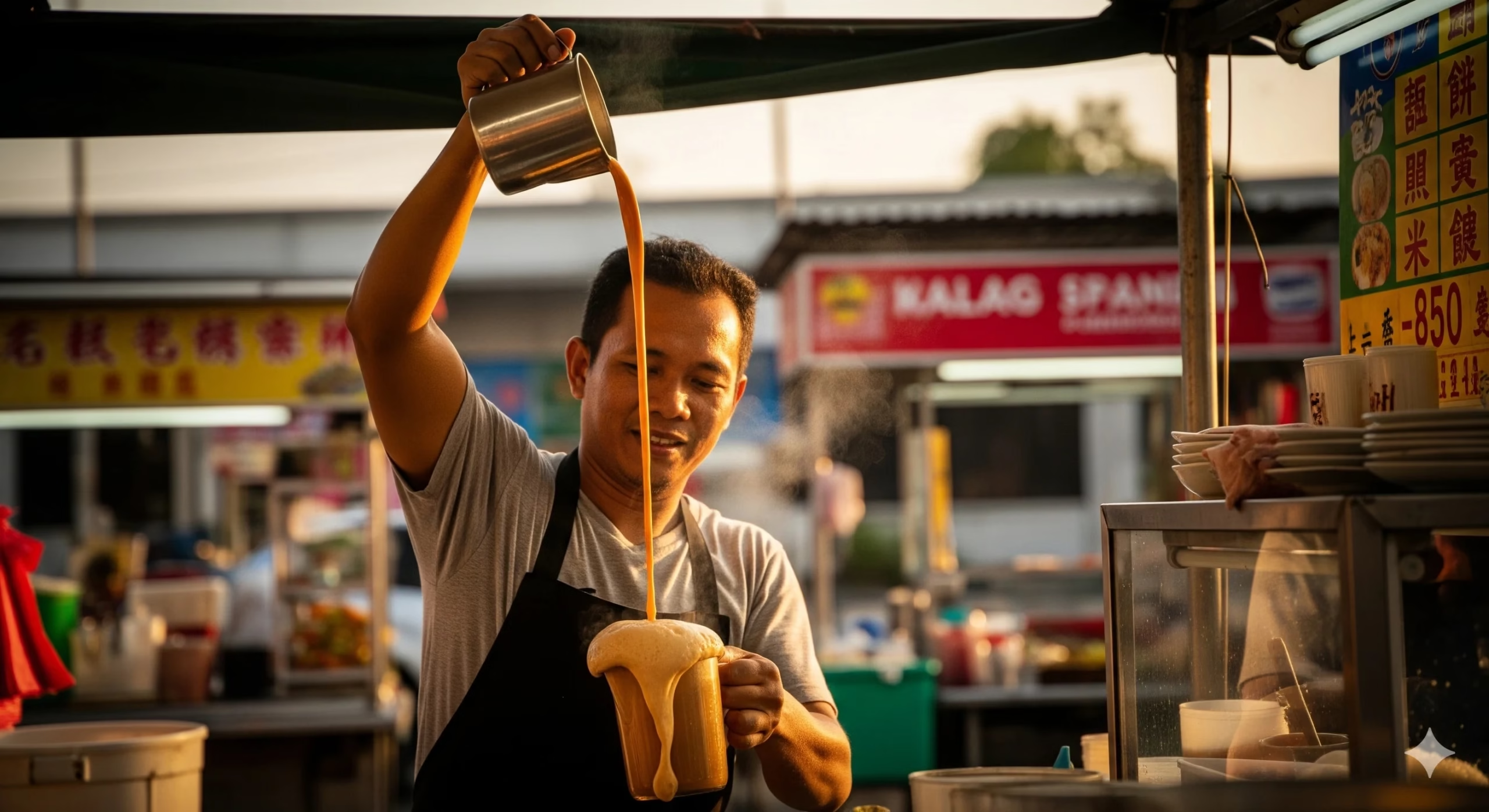
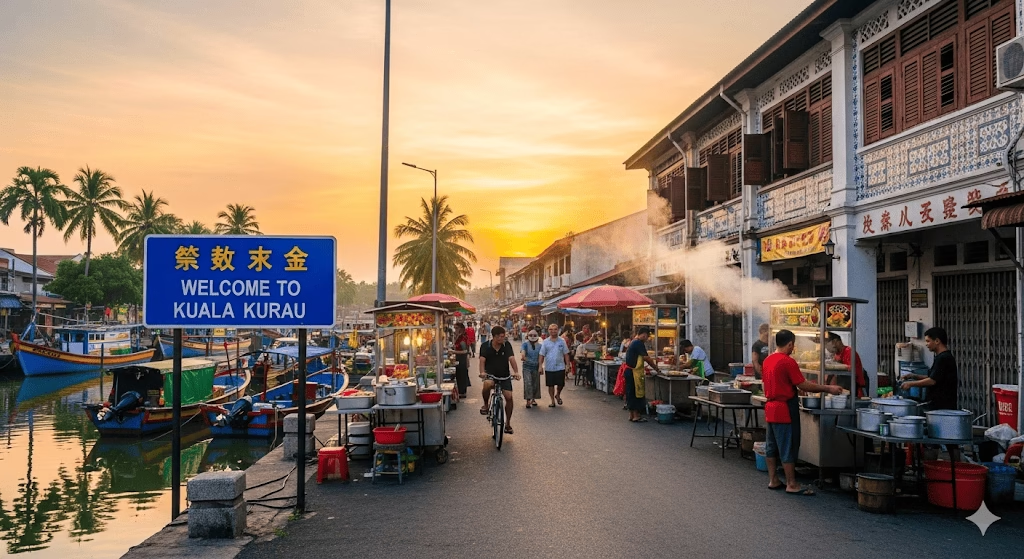
Comments are closed.